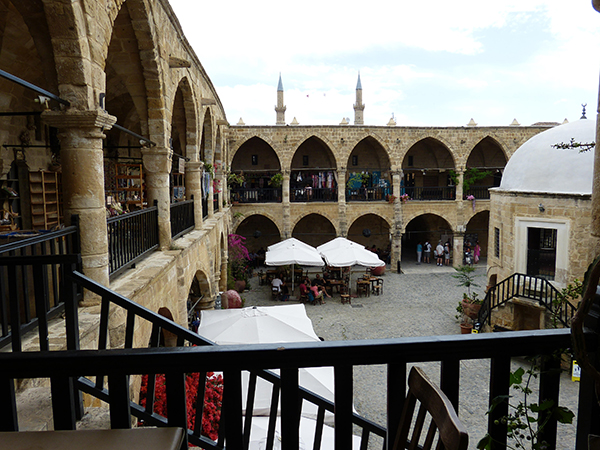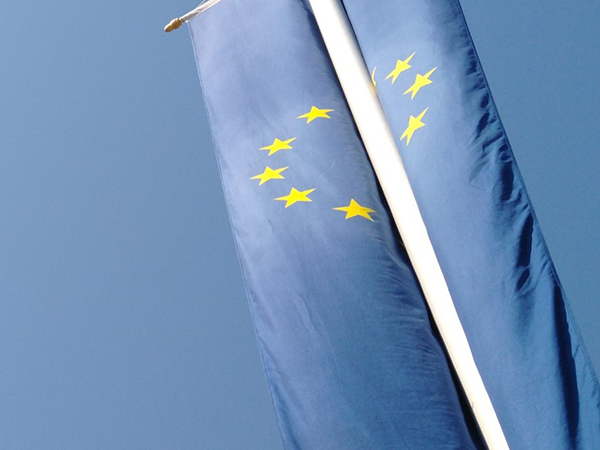By Youssef Kanjou
Communication between the East and the West began a very long time ago for various reasons, mainly because of trade. This has been evidenced by various phenomena, especially historical buildings that have been preserved until today despite the wars. Among the most important of these buildings are the khans (caravanserais). The word khans comes from Persian or Turkish and means: hostels for travelers, which today have mostly been replaced by hotels. Khans were widespread in the great cities of the East, characterized by their flourishing trade and international relations, such as Aleppo, Damascus, Cairo and Istanbul.
There are still about 24 khans in the old city of Aleppo. At one time, probably as many as 150 khans existed in the city and its environs. The oldest khan still in existence is the Khan al-Qadi from the Mamluk period (1450), but their heyday was in the Ottoman era from about 1520.
The khan’s construction is characterized by its large area and traditional shape, typical of Arab Eastern Islamic architecture. Usually, the entrance and the facade are decorated with geometric patterns and Arabic scripts. The Khan building usually consists of two floors. The first floor is for foreign merchants and travelers, while the first floor is used for storing their goods and selling them, as well as stables for horses and camels. The outer shape of the khan is usually rectangular or square. The entrance leads to an open courtyard, in the center of which is a water basin that can be seen from the rooms on the ground and upper floors.
Most of the khans in Aleppo were intended for European merchants from countries such as Italy, Belgium, France, and England. Each khan was reserved for merchants from a particular country. For example, there is the so-called “Khan al-Bunduqia” for merchants from Venice, as trade relations between Aleppo and Venice existed for a long time. This dates back to a trade agreement between the Kingdom of Aleppo and the Republic of Venice in 1207, when Aleppo was under the rule of Al-Adil Ghazi ibn Salah ad-Din.
Later, with increasing trade relations and due to the importance of these buildings, the function of the khans changed. Some khans in Aleppo became the consulates of European countries such as Khan al-Nahhasin, which was built in 1539. It was first the seat of the Venetian consulate (1548-1675) and later became the seat of the Belgian consulate. The Khan al-Habal or French Khan in Aleppo was occupied by the French Consulate, and the Khan al-Jumruk by the British Consulate. The Khan Marquboli (Khan al-Albiyah) became the seat of the Italian consulate. Even some wealthy European families settled in these khans and converted them into private residences like the Austrian Buche family and the Italian Marquboli family. The descendants of these families still live in Aleppo.
Currently, the khans no longer serve as accommodation for merchants or as consular centers as they did in the past, but they remain alive nonetheless. They are traditional architectural monuments and places for diverse memories, cultural and trade experiences, and meeting places of the East and the West. They are still a conspicuous architectural legacy in the historic cities of the East and an integral part of their identity and history. To remain relevant, most of them have transformed into traditional commercial markets, cultural centers and museums. However, some of them have also become luxurious five-star hotels.
tun23091401
www.tuenews.de
Ein alter Khan in Nordzypern dient längst als Touristenmagnet. In den ehemaligen Quartieren im ersten Stock der früheren Herberge an einer Karawanenstraße sind heute Souvenir-Shops. Foto: tünews INTERNATIONAL / Ute Kaiser
002160




